Cooler temperatures are here. Farmers across the country are making final preparations for this year’s crop. While many are already looking ahead to next spring, don’t skip out on season-end tasks. Here are five fall considerations to ensure a smooth startup next year.
When and How To Apply Fall Fertilizer
Apply fertilizers like DAP and potash before continual freezing temperatures set in. Fertilizer applied to frozen or snow-covered ground runs a higher risk of runoff.
For fall anhydrous applications, soil temperatures need to be 50 degrees or less and trending down.
A quick note on soil pH: It’s important to fix any pH problems before determining fertilizer needs. For most soils, pH should be in that 6.2 to 6.5 neighborhood for corn and soybean rotations. Nutrient availability will change after liming, so reevaluate fertilizer needs through soil sampling after pH levels are corrected.
To best manage input costs, equipment calibration and precise product placement are important. When selecting equipment, an air boom machine is recommended over a spinner spreader for broadcasting fertilizer, as it will provide better accuracy and distribution. Subsurface banding is also a great option but especially if overall fertility levels are low.
Getting the Best Soil Sample
Use soil tests to determine what nutrients are needed and where. Overapplying phosphorus (P) and potassium (K) not only impacts your bottom line, but it can also lead to long-term environmental consequences. Rotational soil sampling is recommended every two to four years.
Consistent soil sampling procedures are key for accurate results. Make sure samples follow the same grid size or zone pattern. Always sample to the same depth and collect the same number of individual cores per sample. Sampling roughly the same time of year and using the same lab will make compiling year-over-year trends better, as well.
How To Interpret Yield Data
Good data comes from well and frequently calibrated equipment. Yield monitors should be calibrated routinely throughout the season for the most accurate results come crunchtime.
Accurate yield data provides invaluable information for this season and beyond. It can evaluate consistent problem areas, create profitability maps, assess management practices and create variable rate prescriptions.
Before harvest, dust off the owner’s manual and familiarize yourself with the yield monitor’s calibration procedures. Continue to check yield monitor accuracy throughout harvest as grain moisture changes. Remember, good decisions cannot come from bad data.
How To Maximize Fall Tillage Efforts
There are a number of reasons to employ fall tillage. Maybe you want to fracture existing compaction, manage and size residue, incorporate fertilizers — or all of the above. Before you hit the field, though, make sure your efforts will produce the desired outcomes.
Consider the goal for each field, then determine if conditions are right to accomplish it. For example, to lift and fracture compaction layers, the soil must be relatively dry. You actually create more compaction if conditions are too wet during tillage, which defeats the purpose while costing you time and money.
Make sure all tillage implements are set up properly for the intended task. If you’re looking to alleviate compaction, you need to know how deep the compaction layer is and set shanks and points accordingly.
Carefully evaluate your erosion potential as well. Leaving at least 40-50% residue on the soil surface will help protect it and avoid significant loss. Reduce the tillage intensity or avoid it altogether in very sloping terrain. Shallower tillage, straight points instead of twisted on chisel plows or less aggressive gang angles on discs are a few ways to lessen tillage intensity.
Season-End Equipment Maintenance
Not all farm equipment gets a well-deserved rest during the winter months. For any machines that are going into storage, taking the time for proper maintenance and inspections now ensures an easy startup next season.
Give every machine a thorough cleaning and inspection before storage. Take note of any repairs or maintenance that will need to be done over the winter. Communicating with your local dealer this time of year is important to stay on top of any scheduled maintenance or parts requirements.
You can find more helpful tips with this winterizing your tractor blog.
Spring Preparations Start Now!
While many of us look forward to some rest and relaxation during the winter months, there’s still work to be done. Make the most of your time and inputs this fall with careful consideration. Knowing when and how to adapt processes to current field conditions is key to a successful spring.

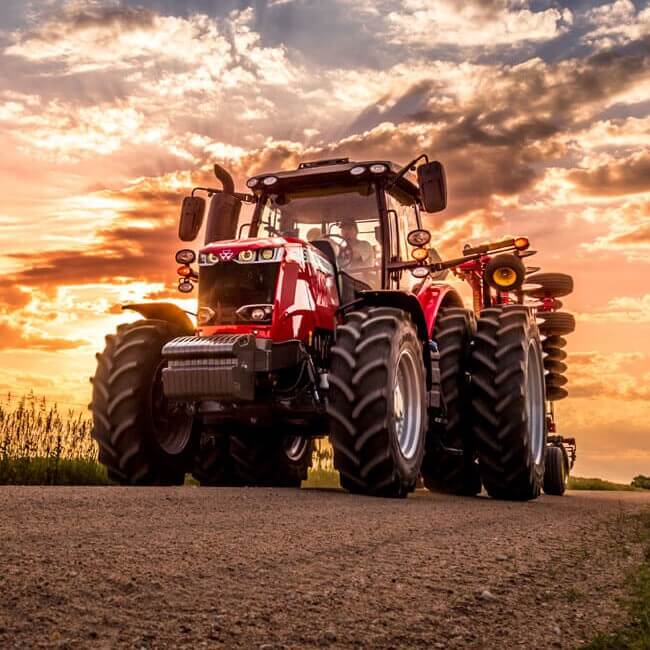
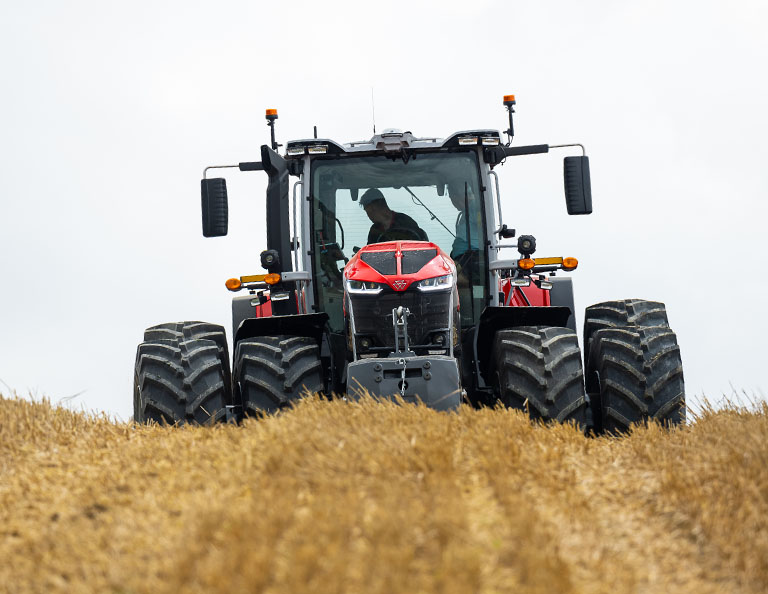
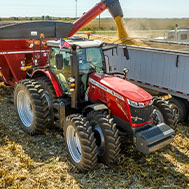
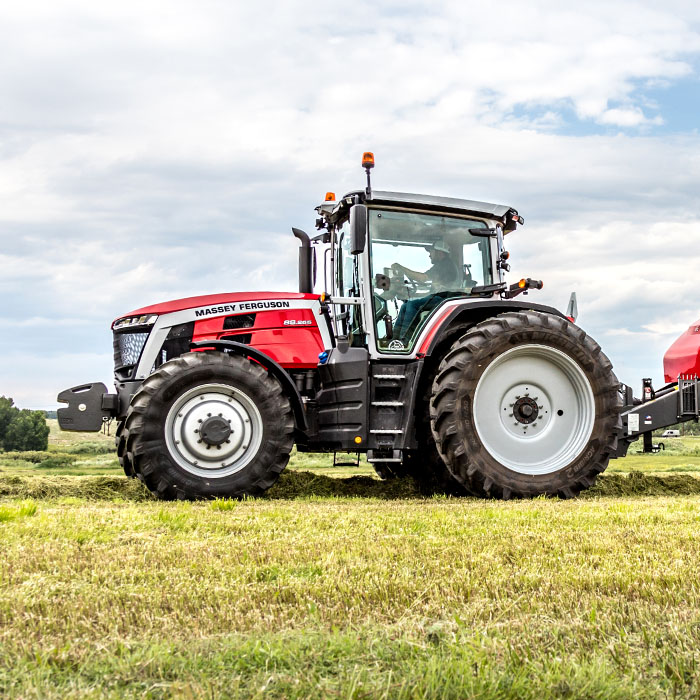
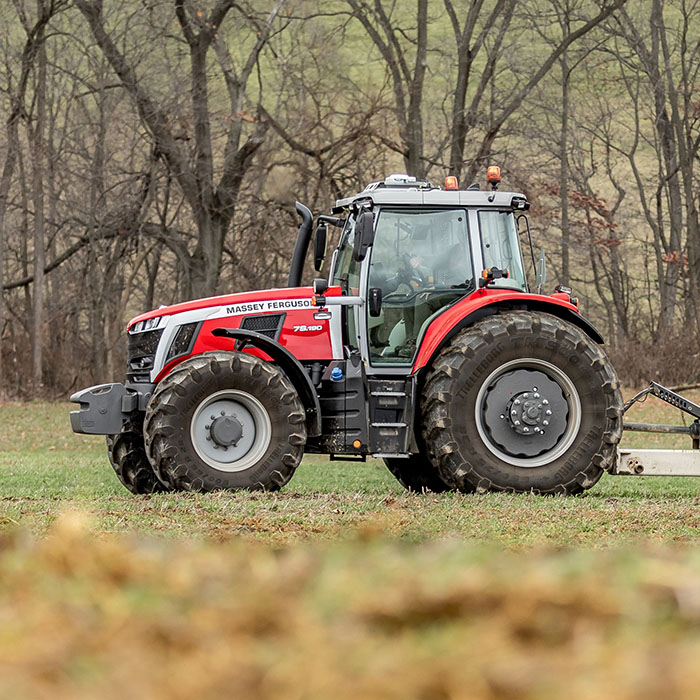
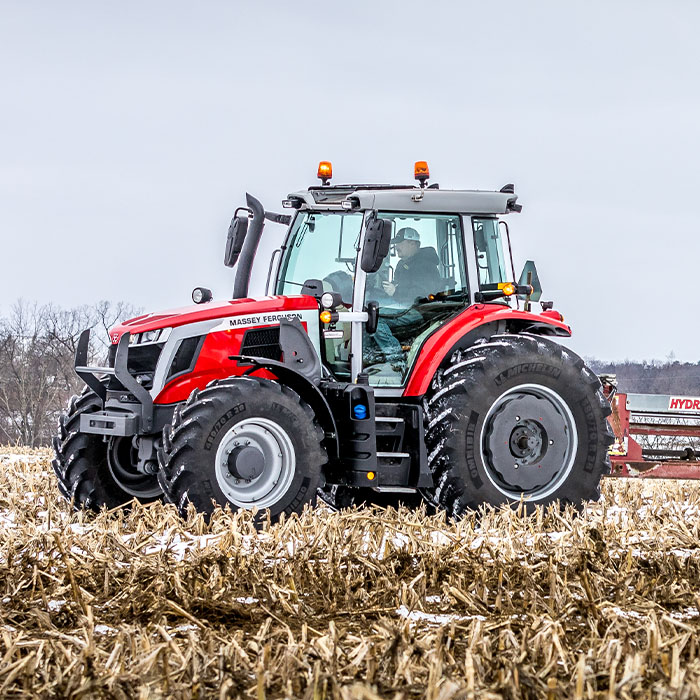
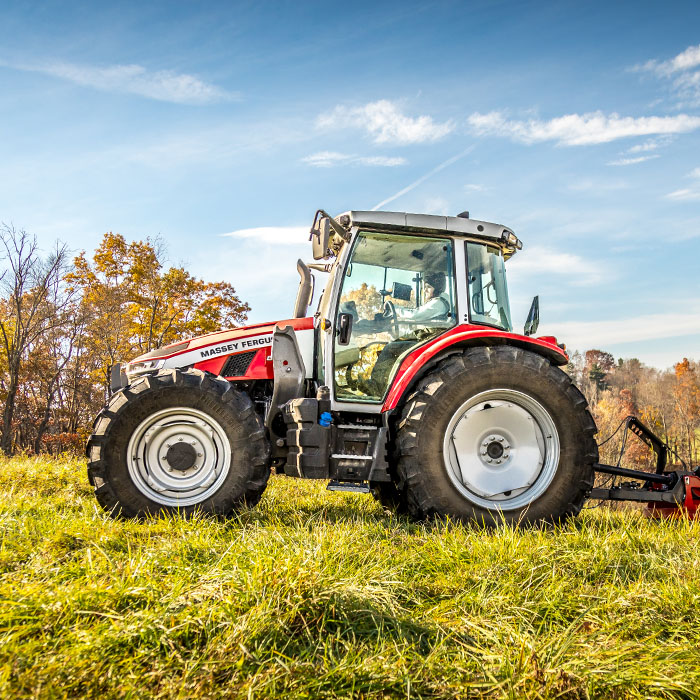
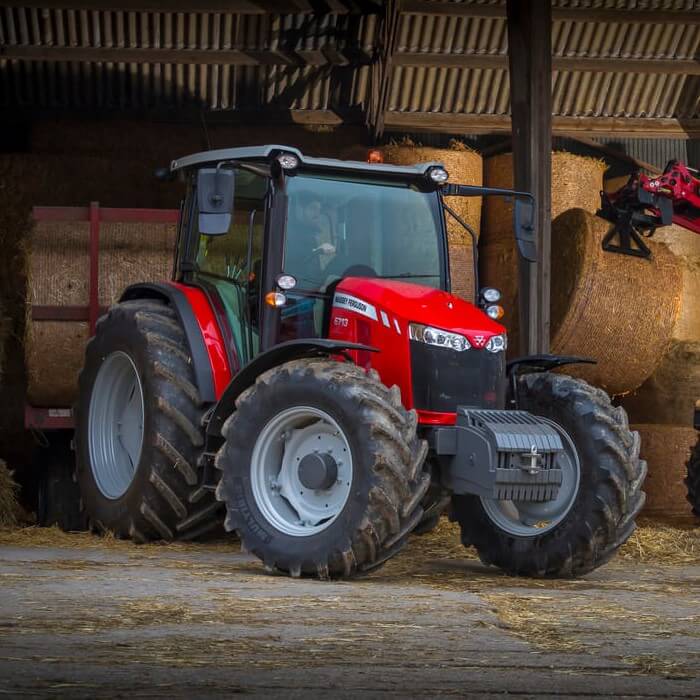
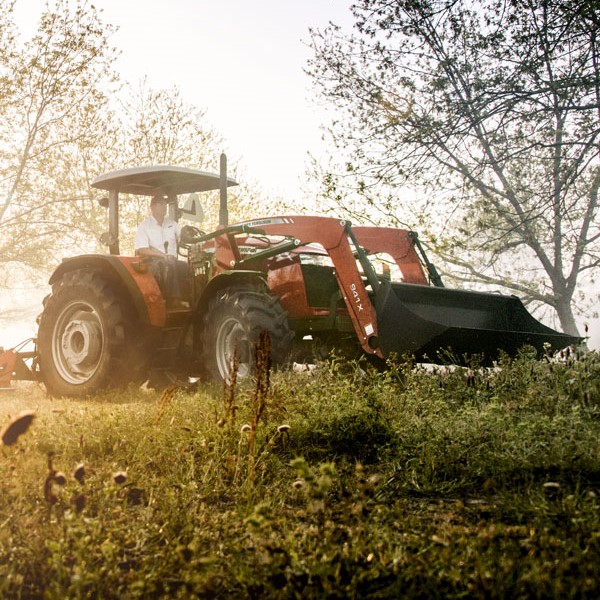
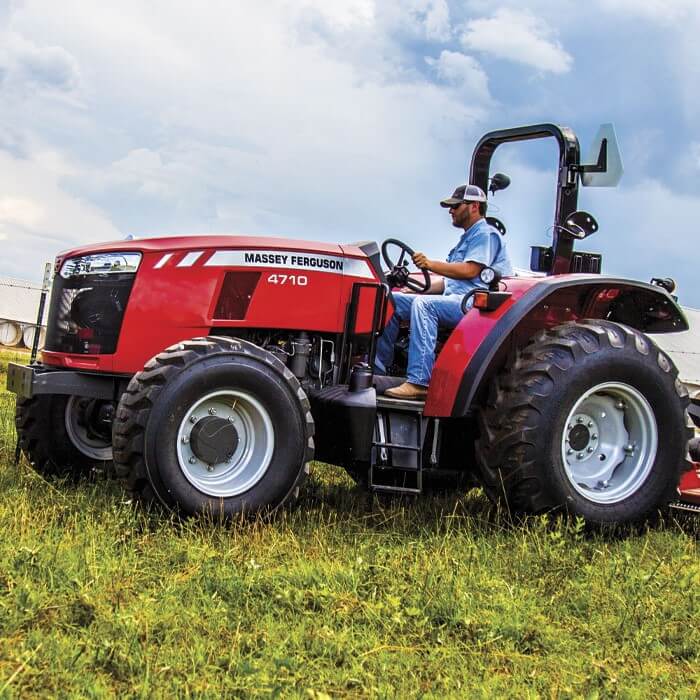
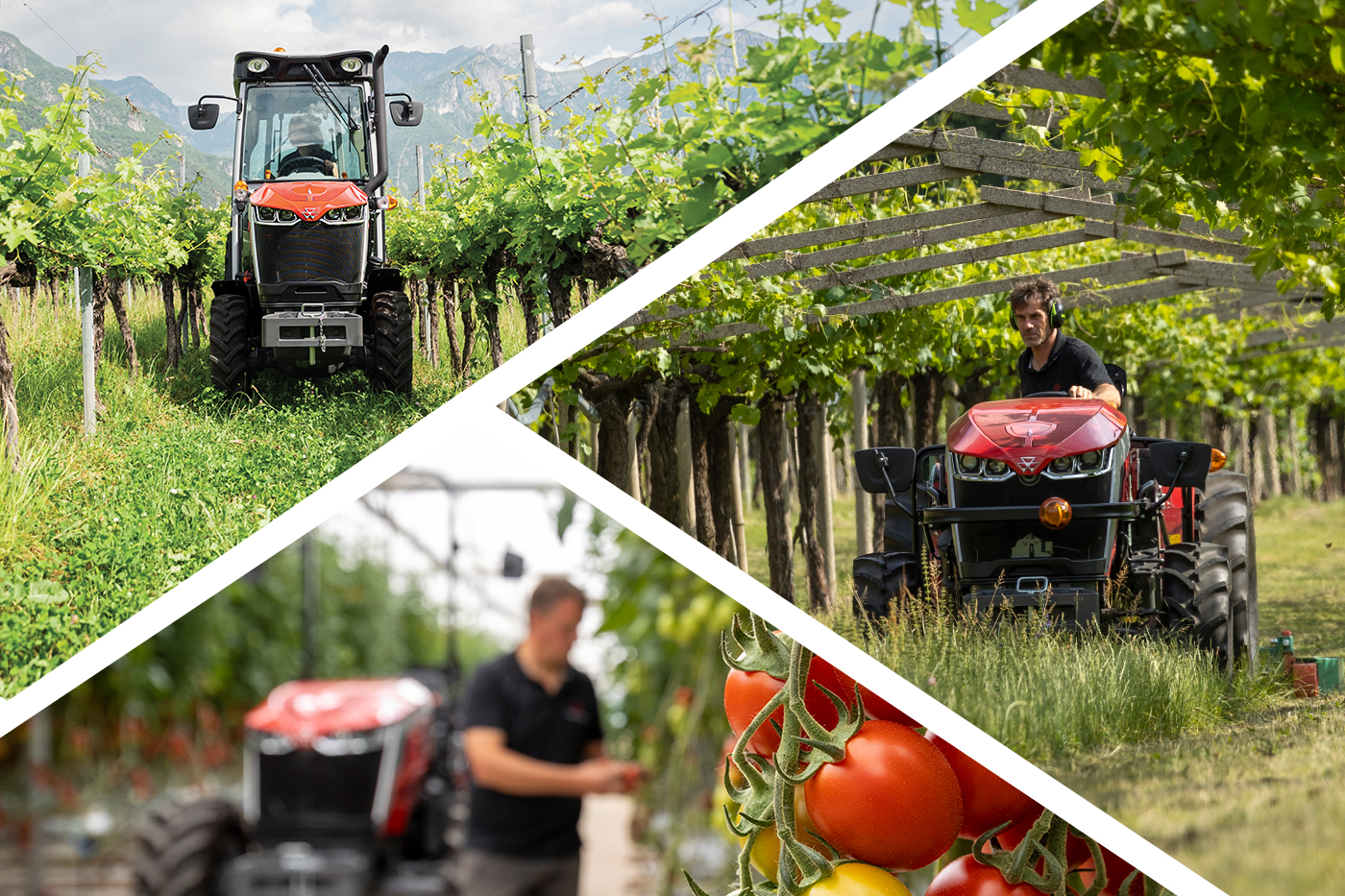
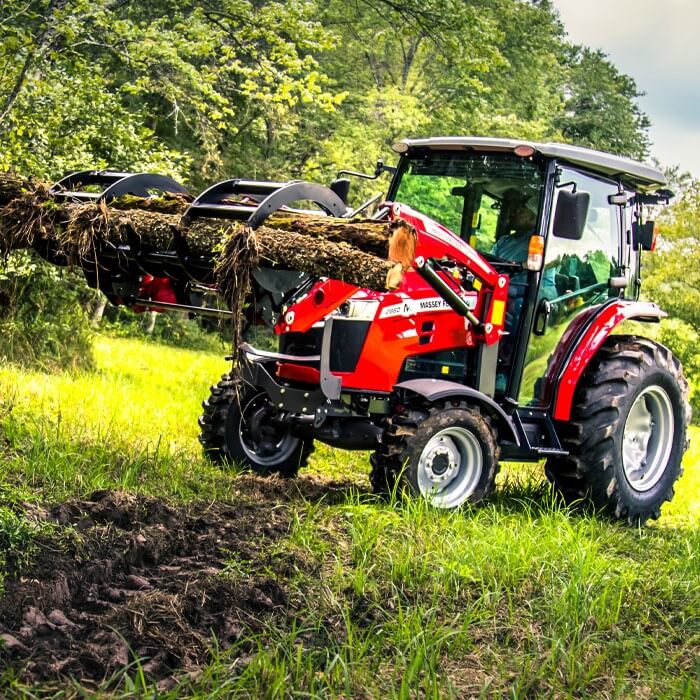
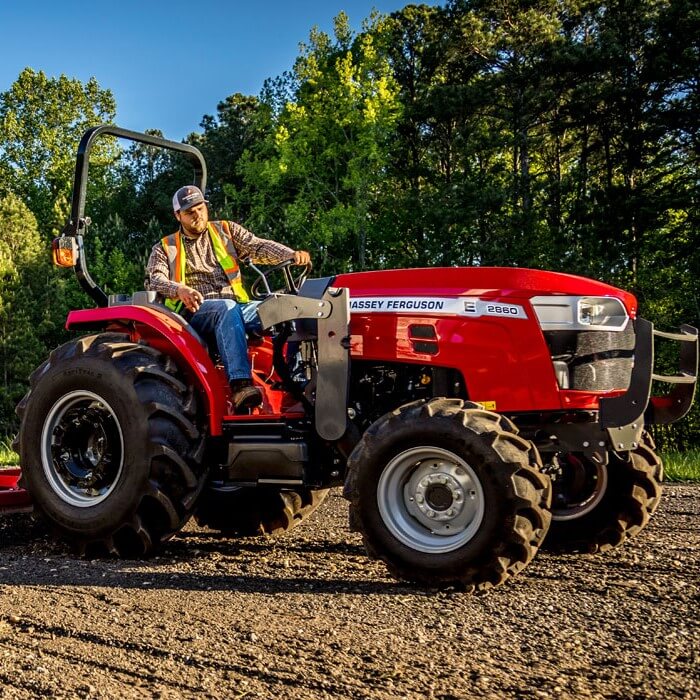
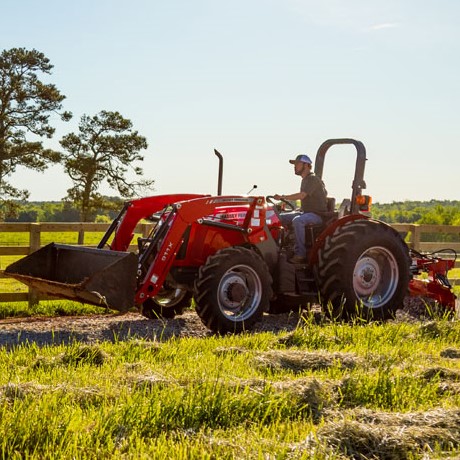
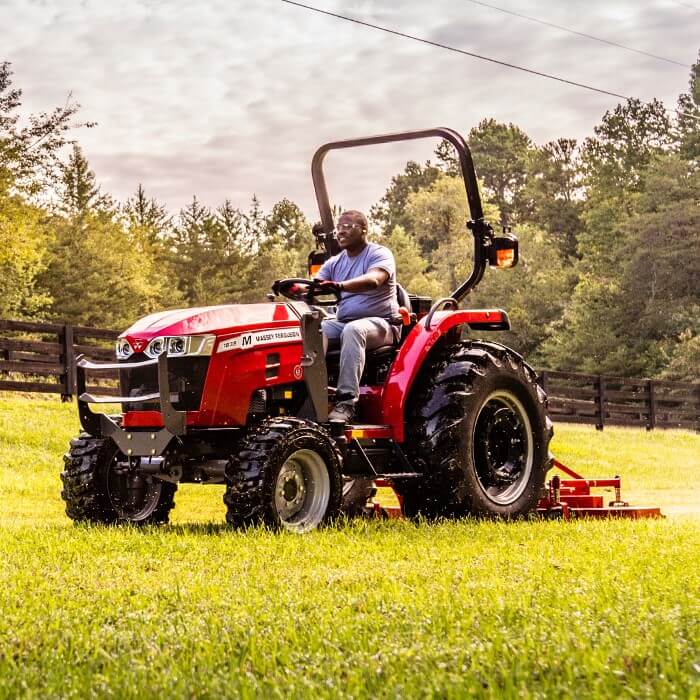
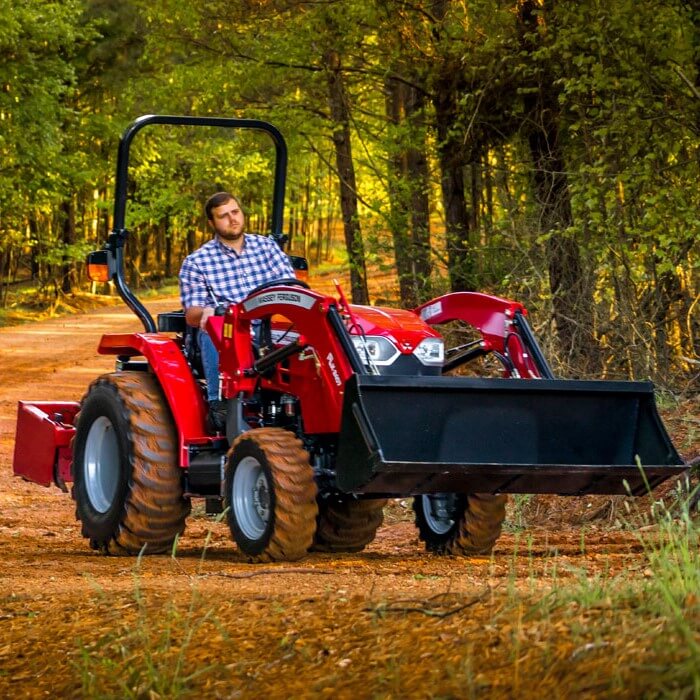
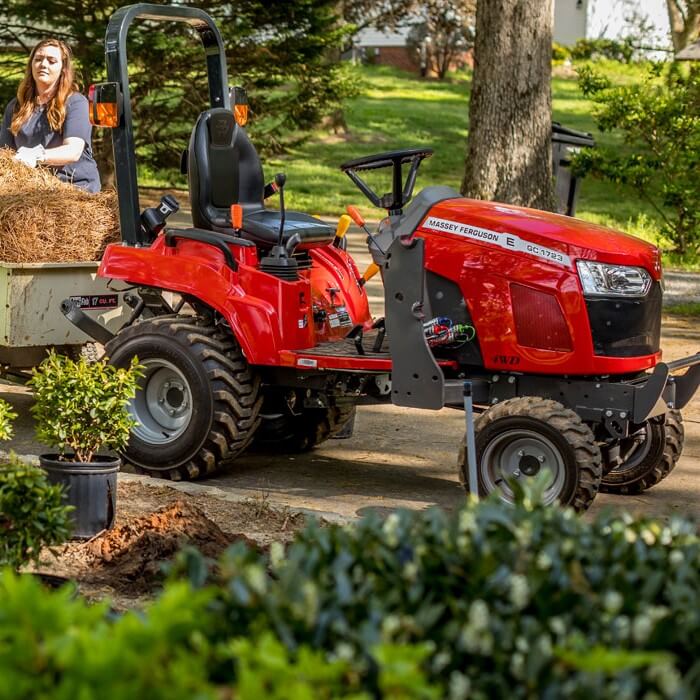
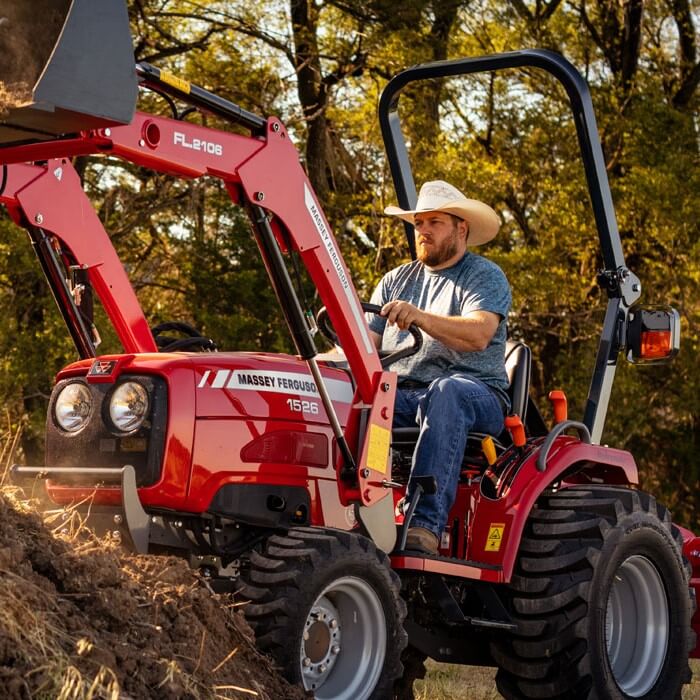
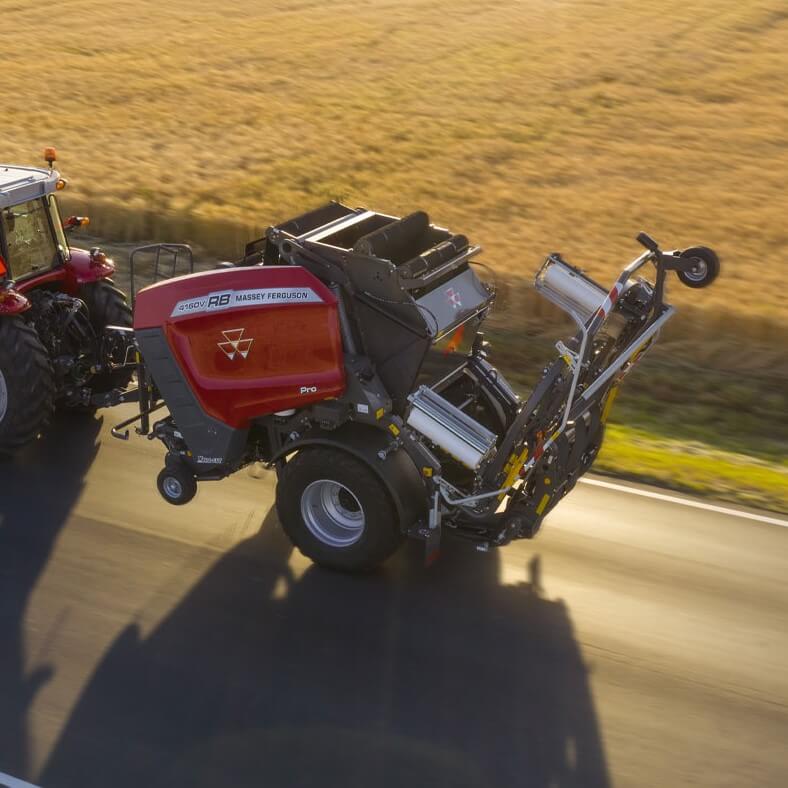
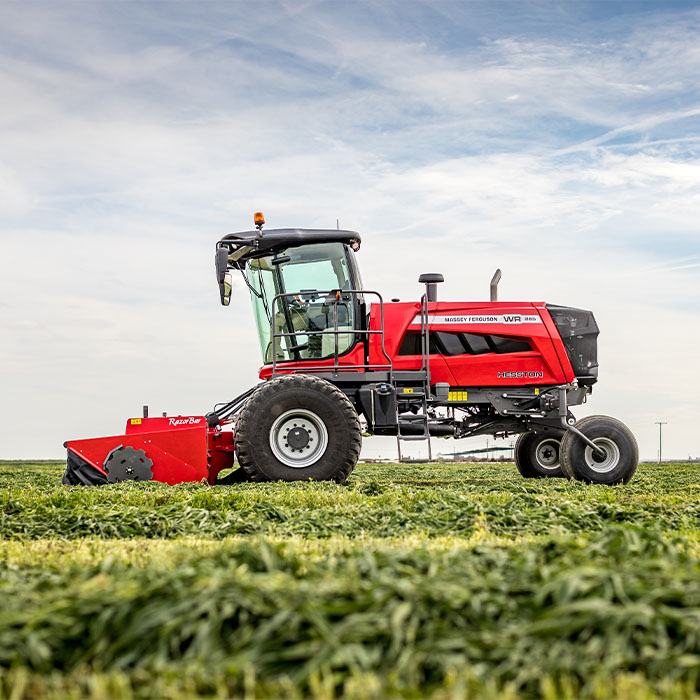
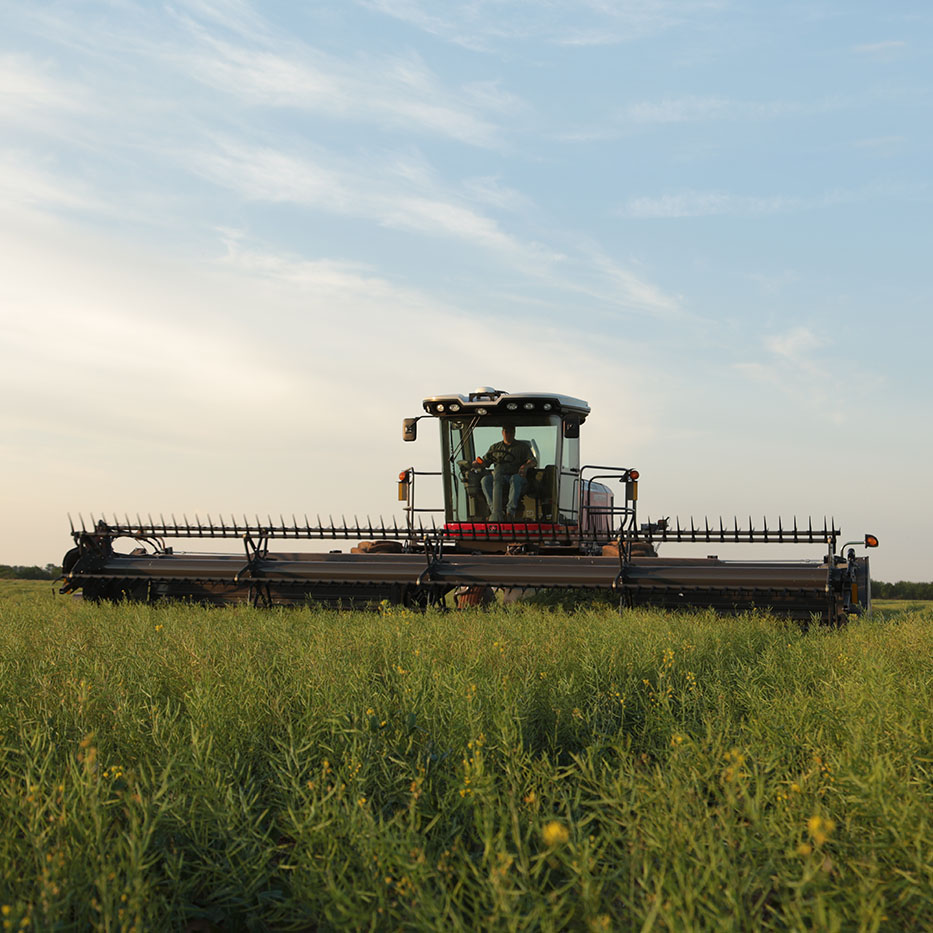
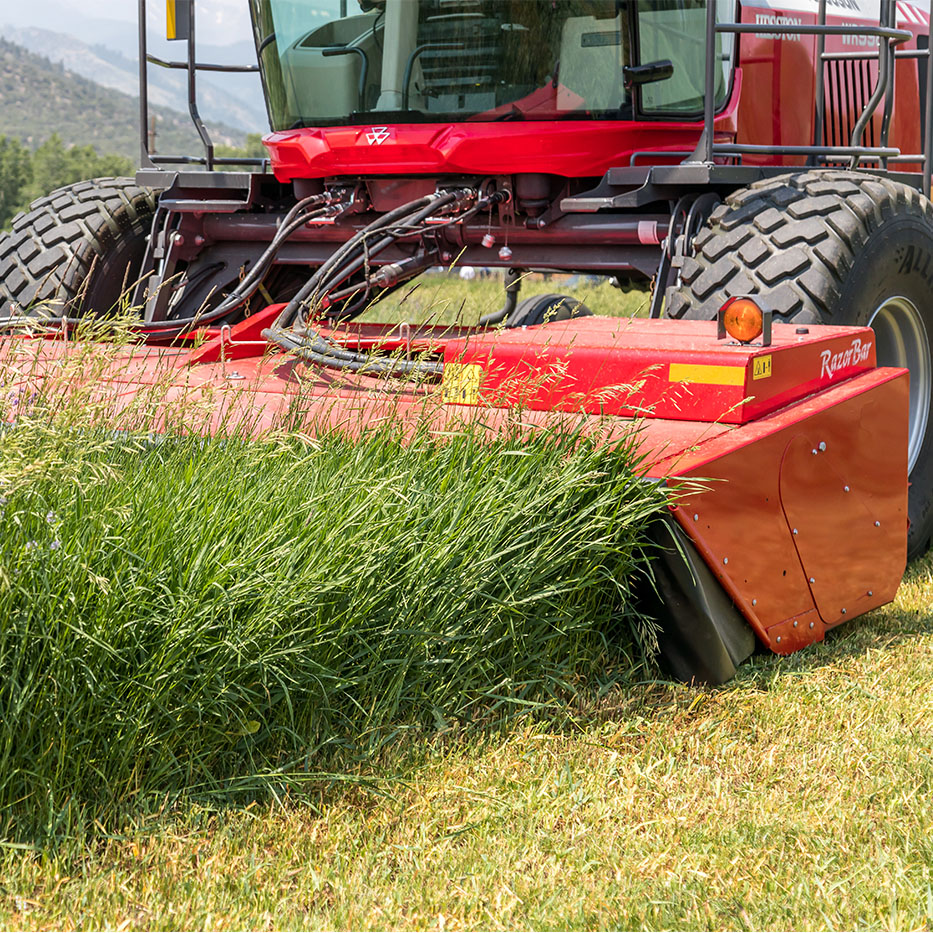
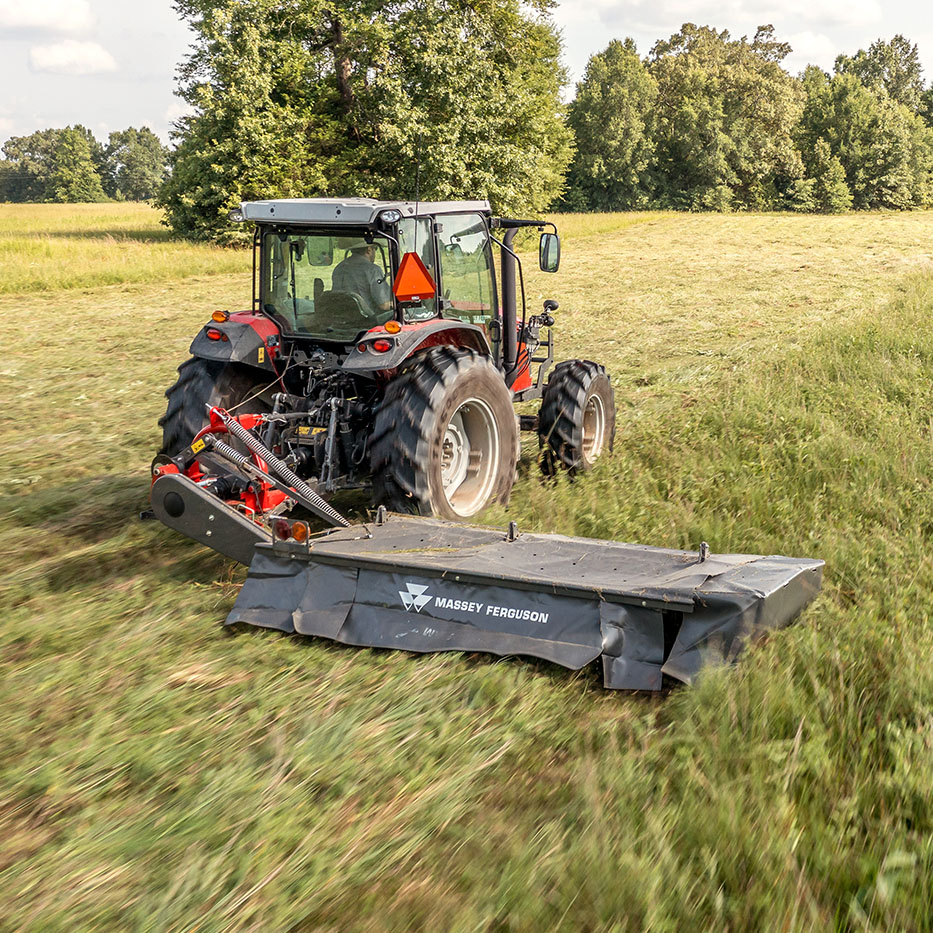
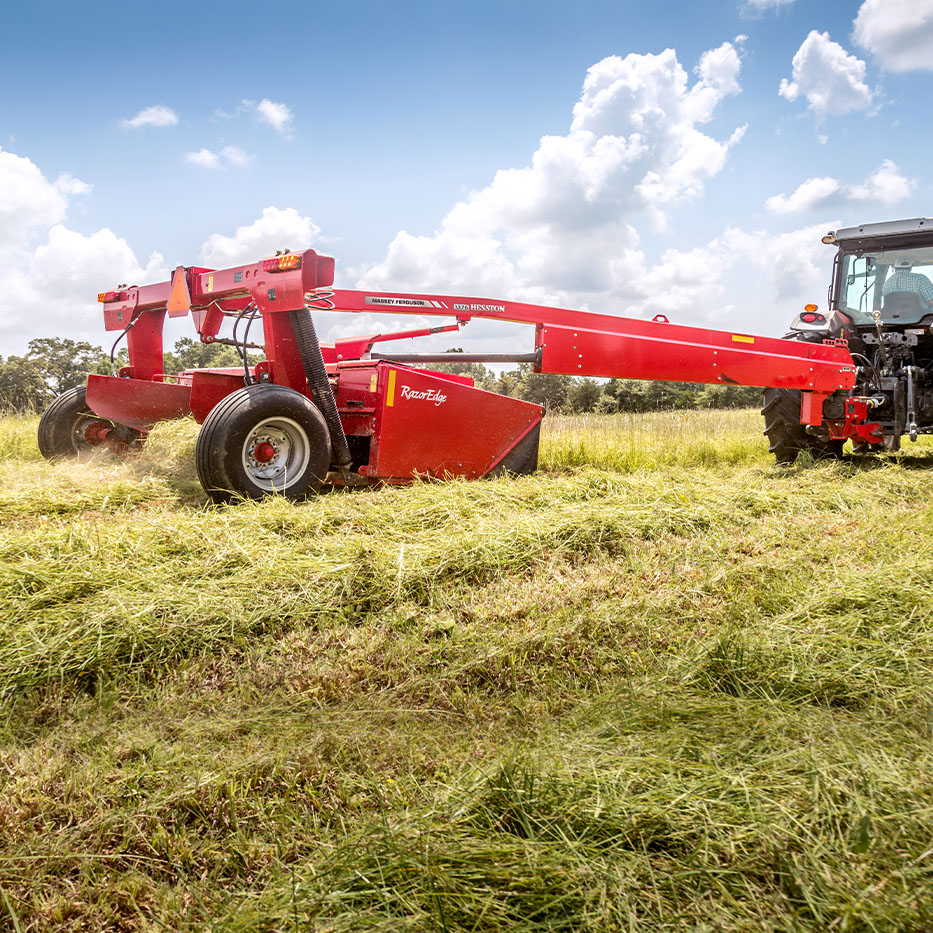
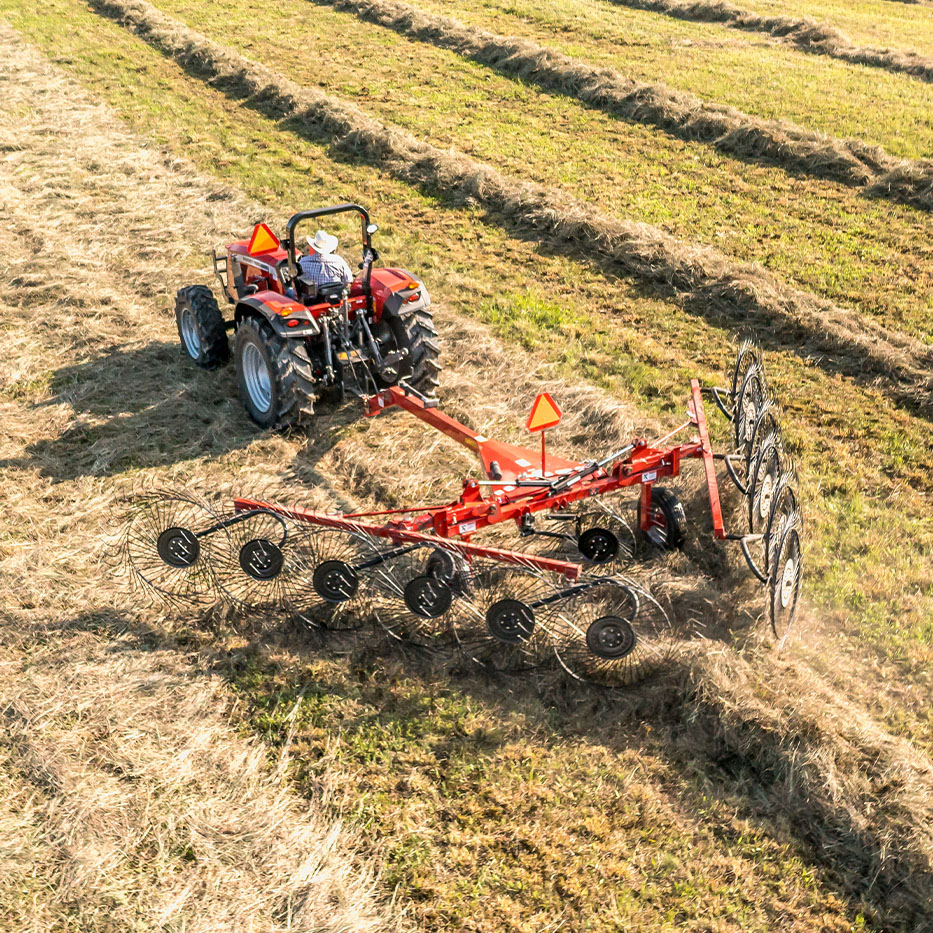
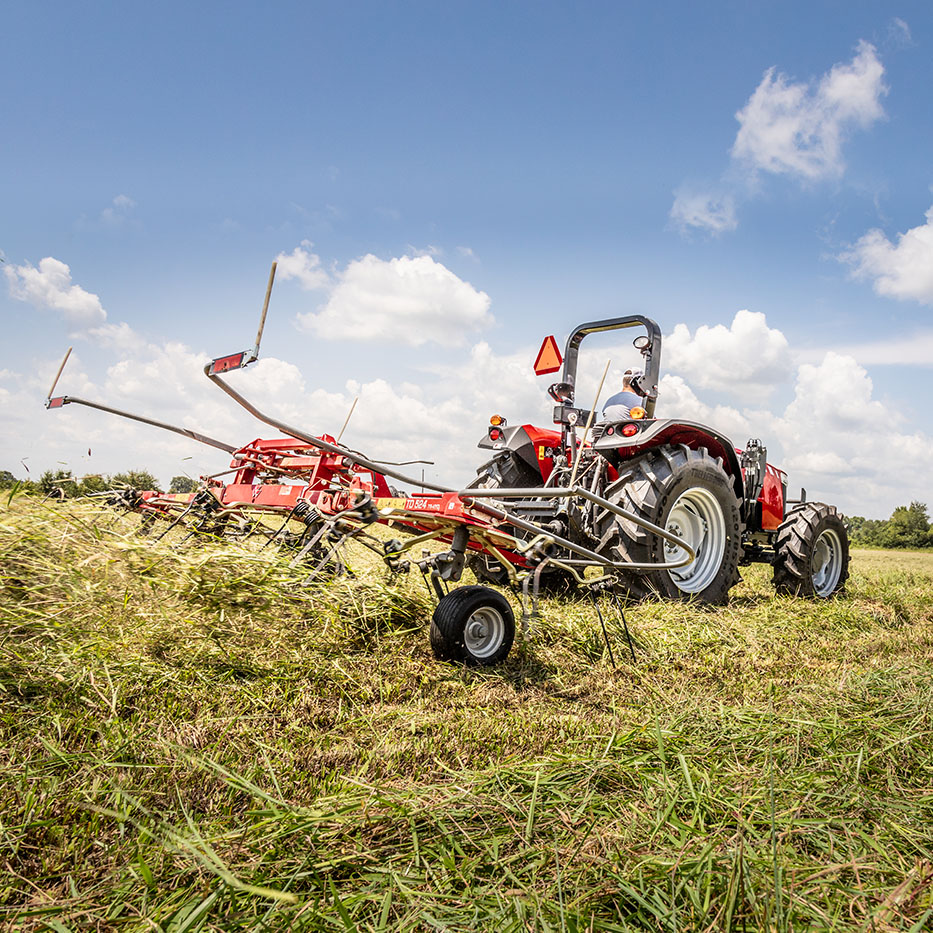
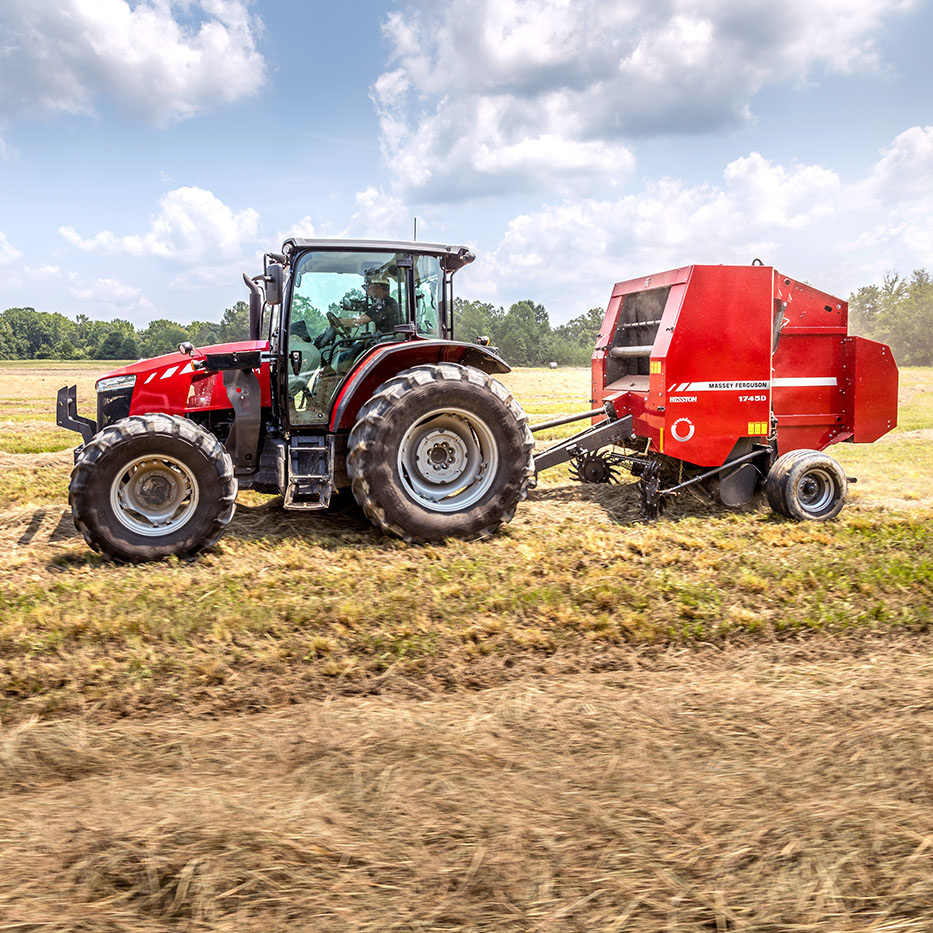
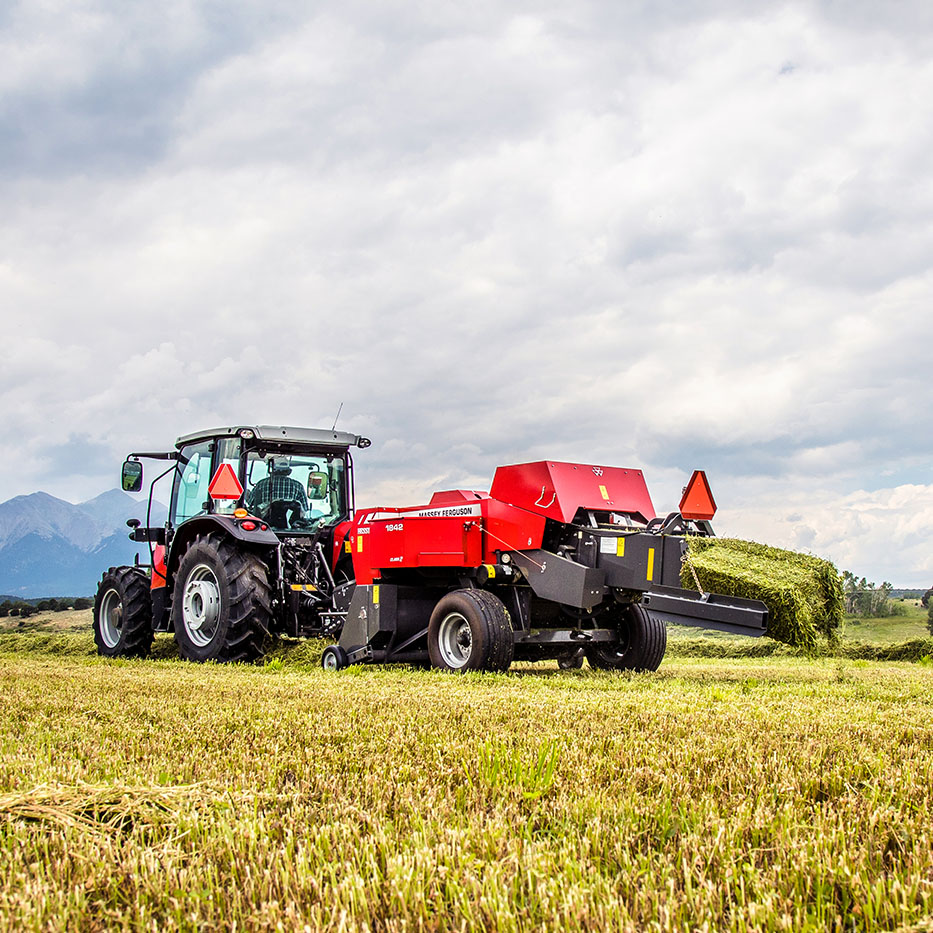
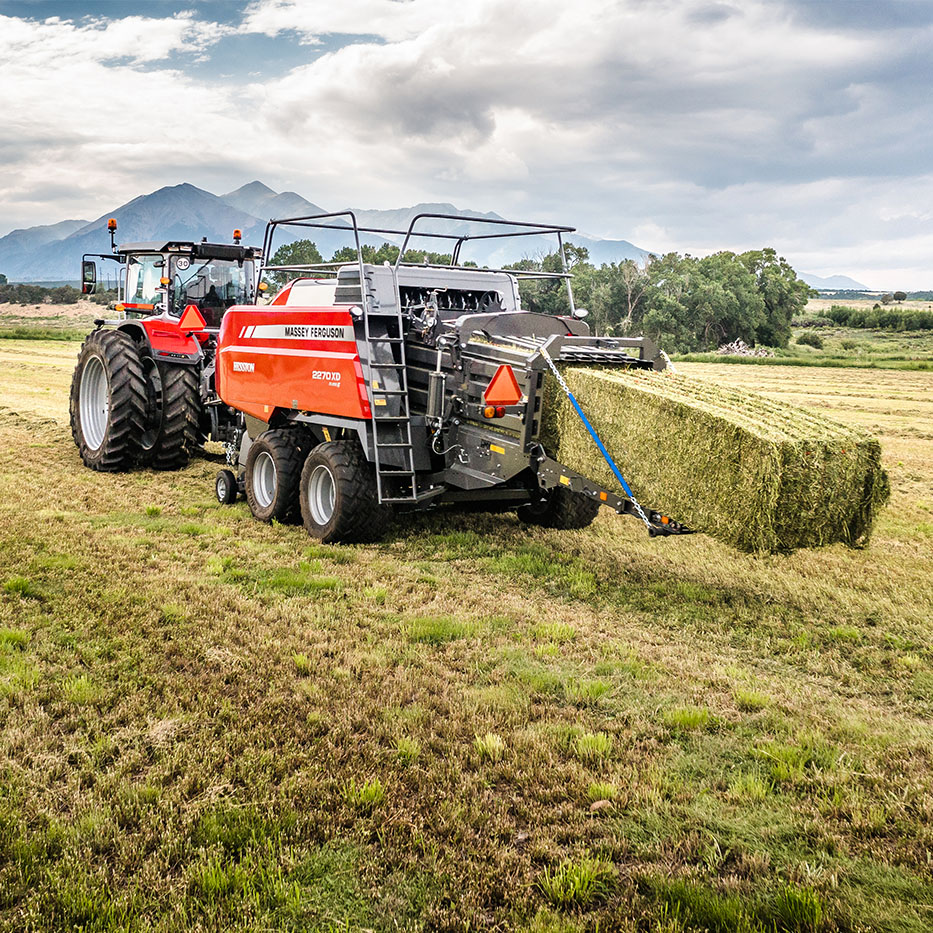
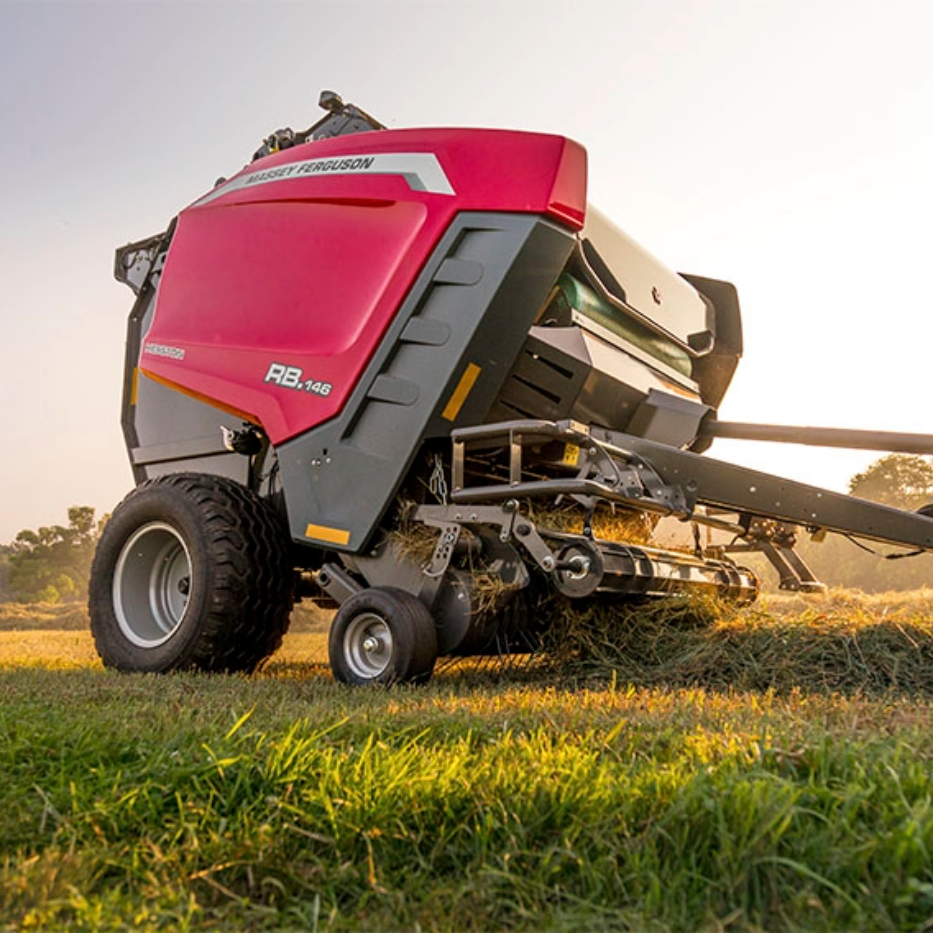
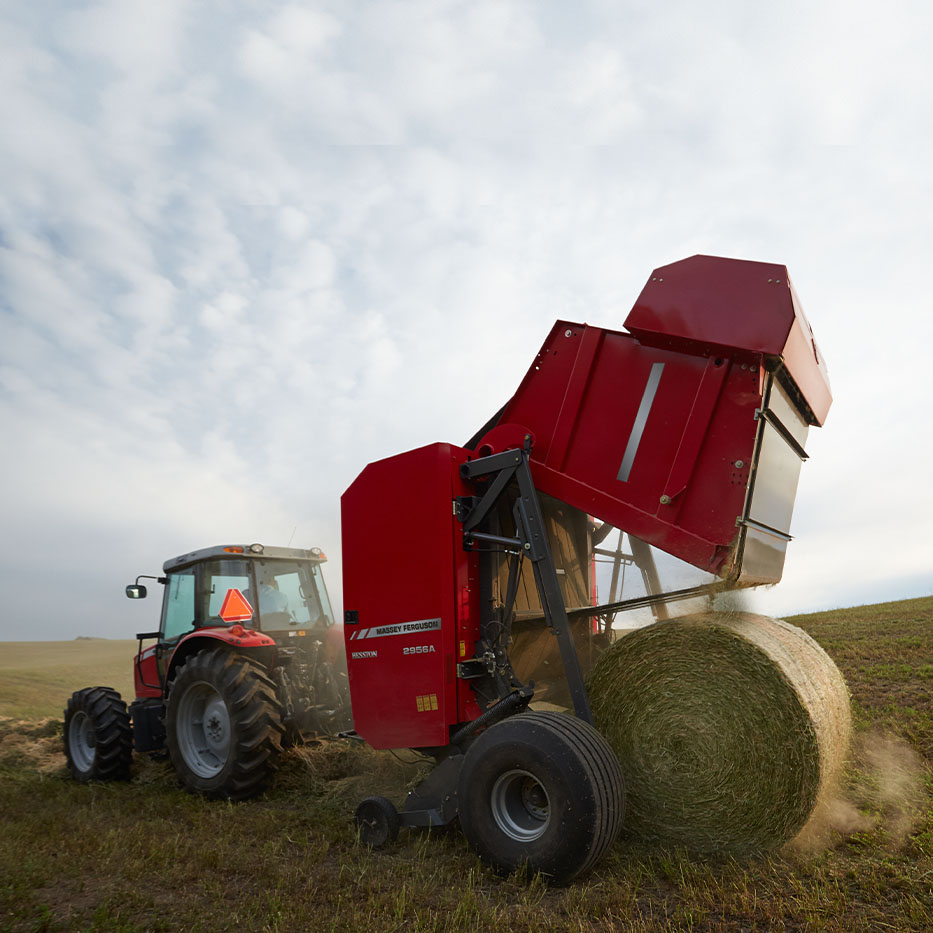
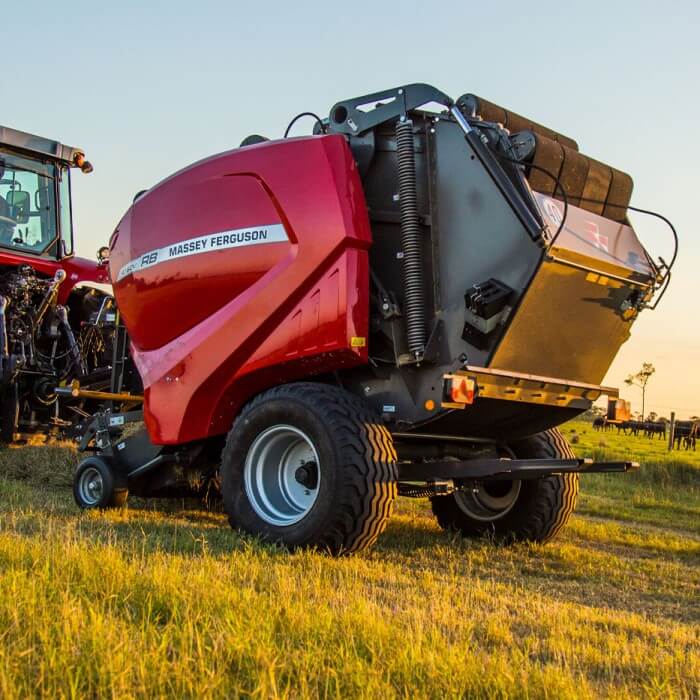
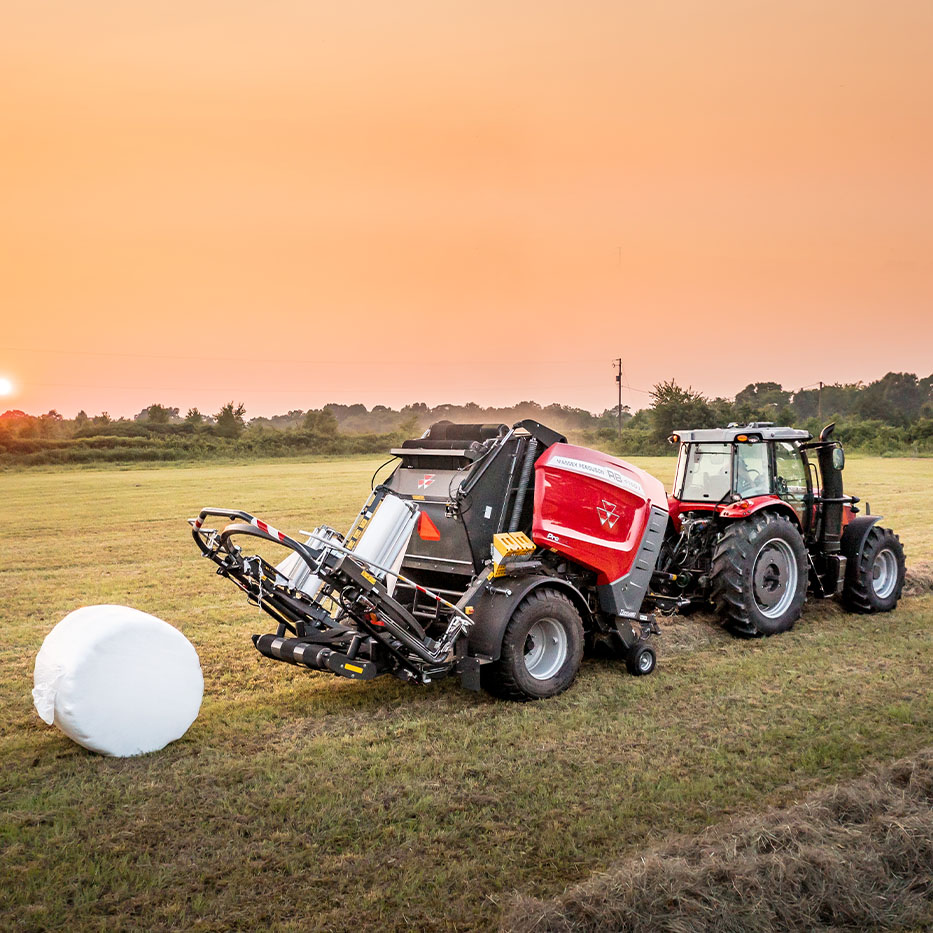
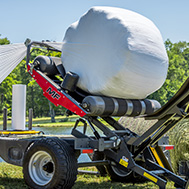
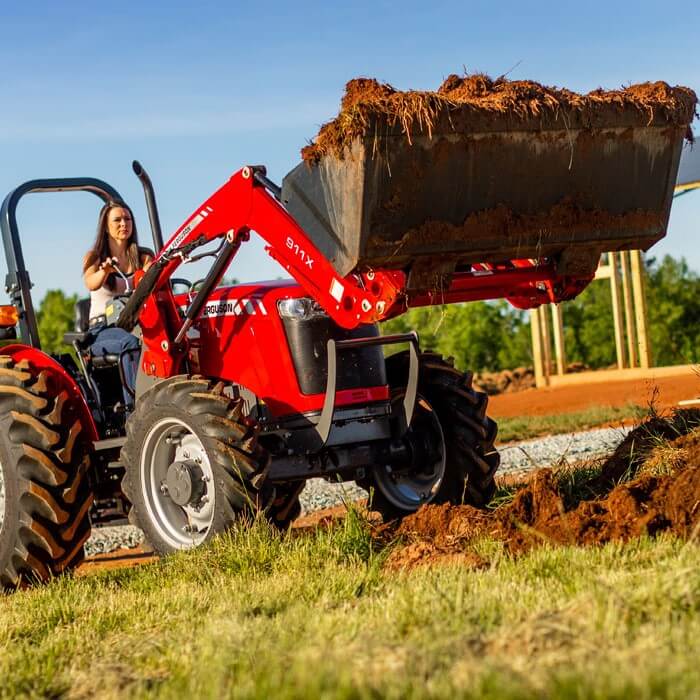
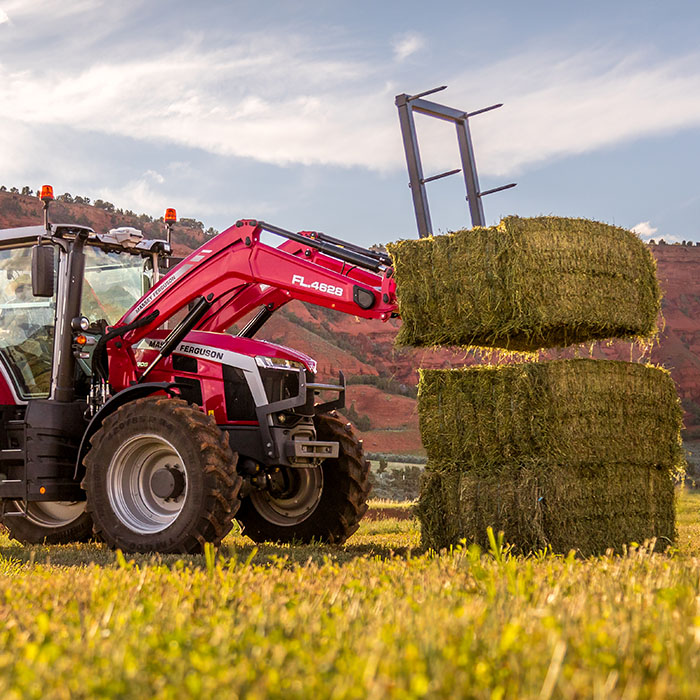
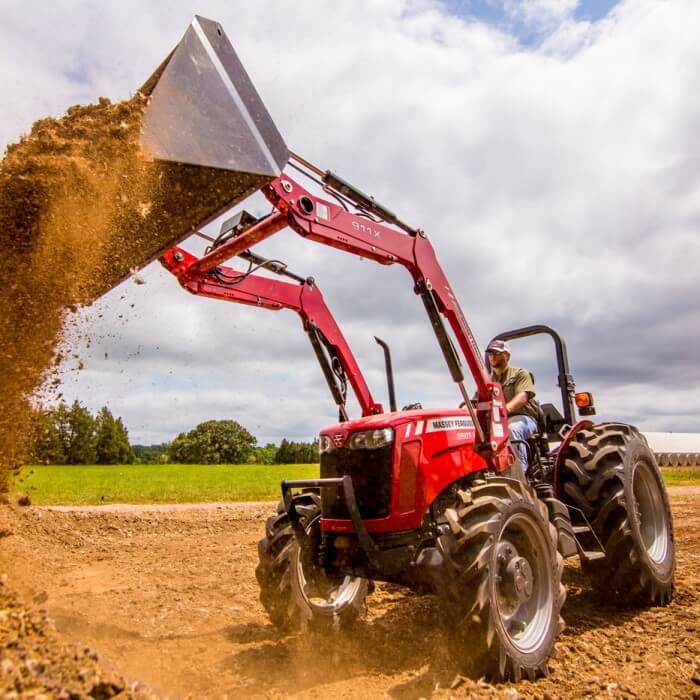
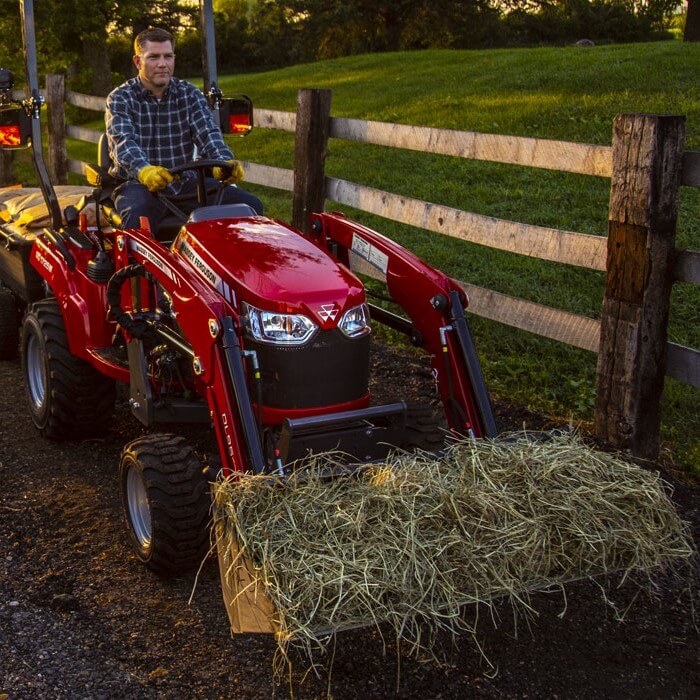
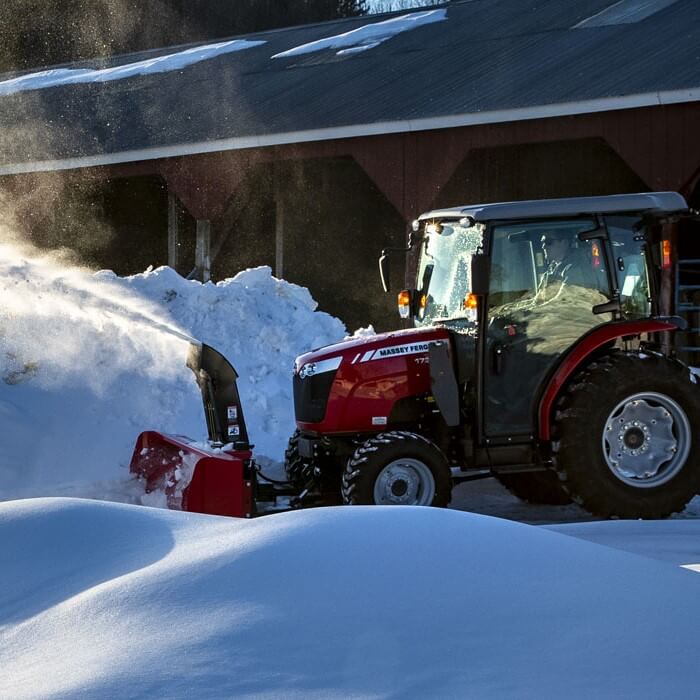
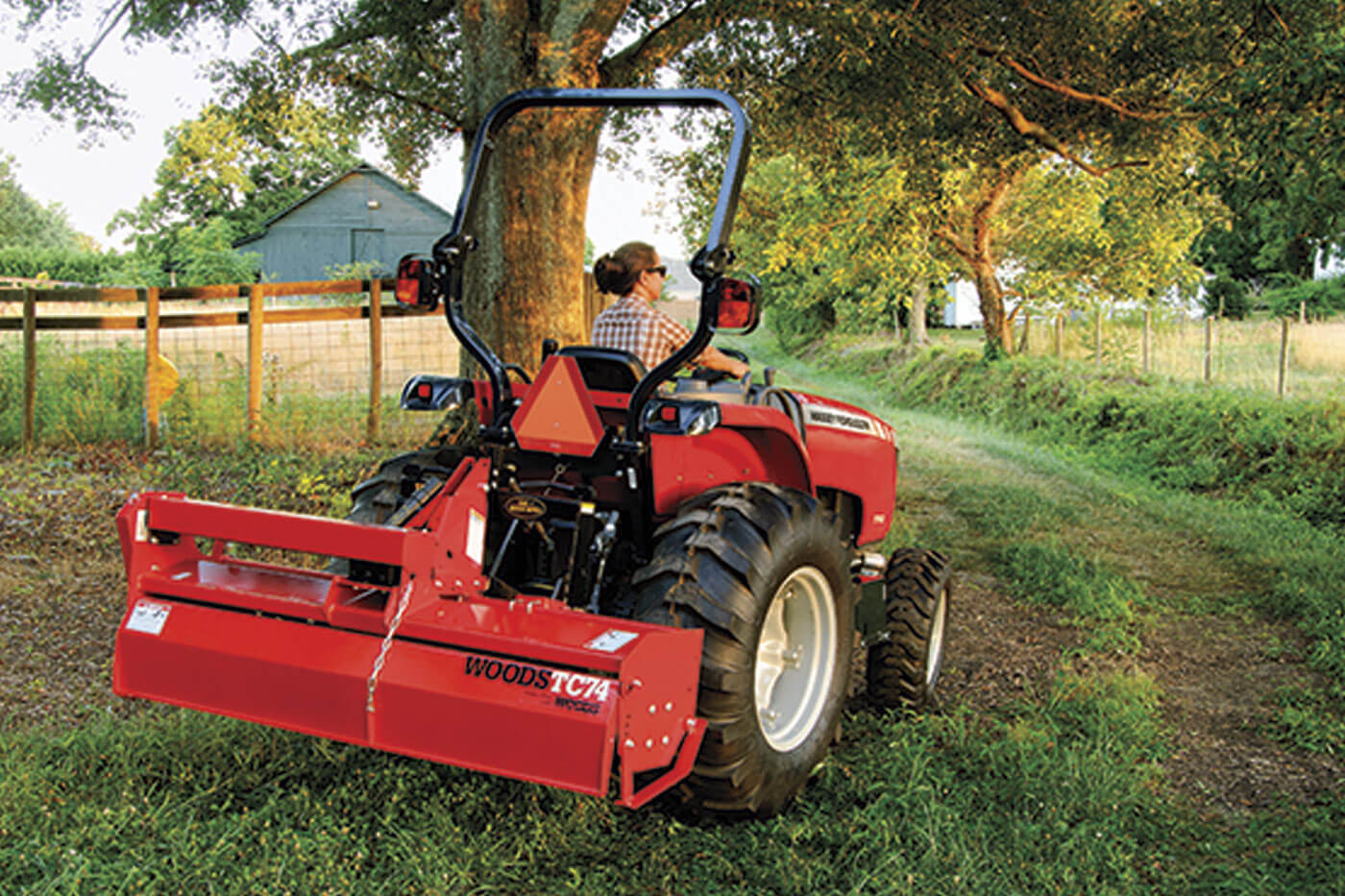
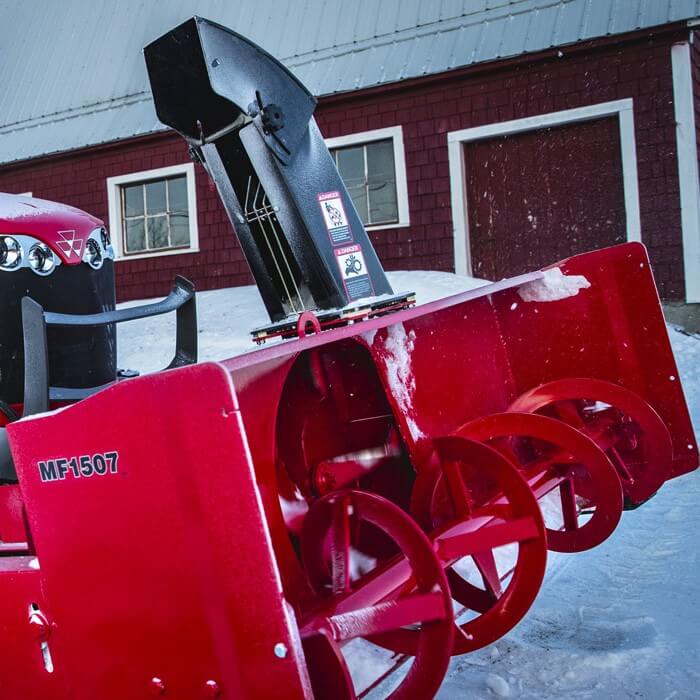
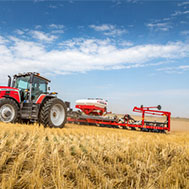
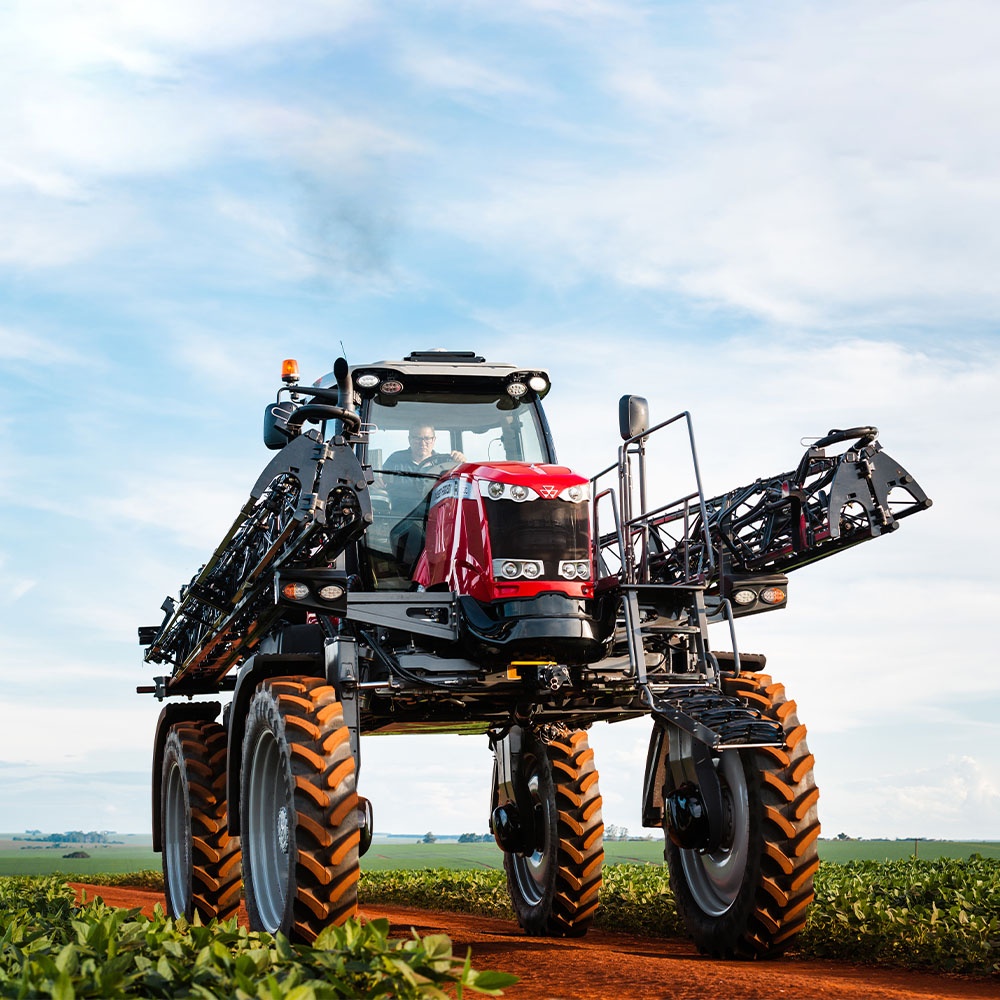
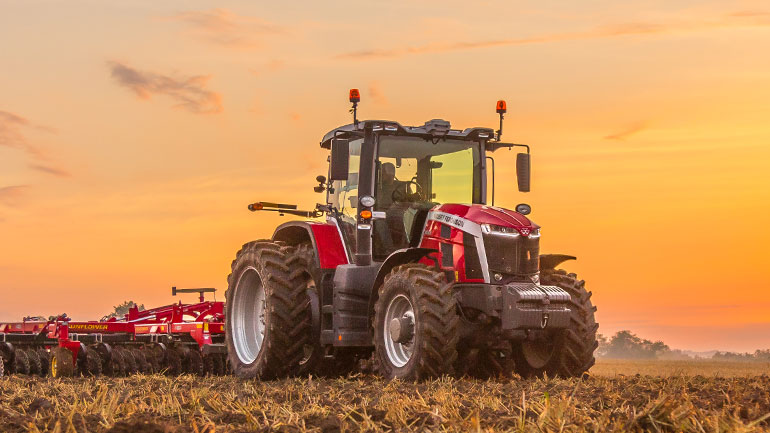
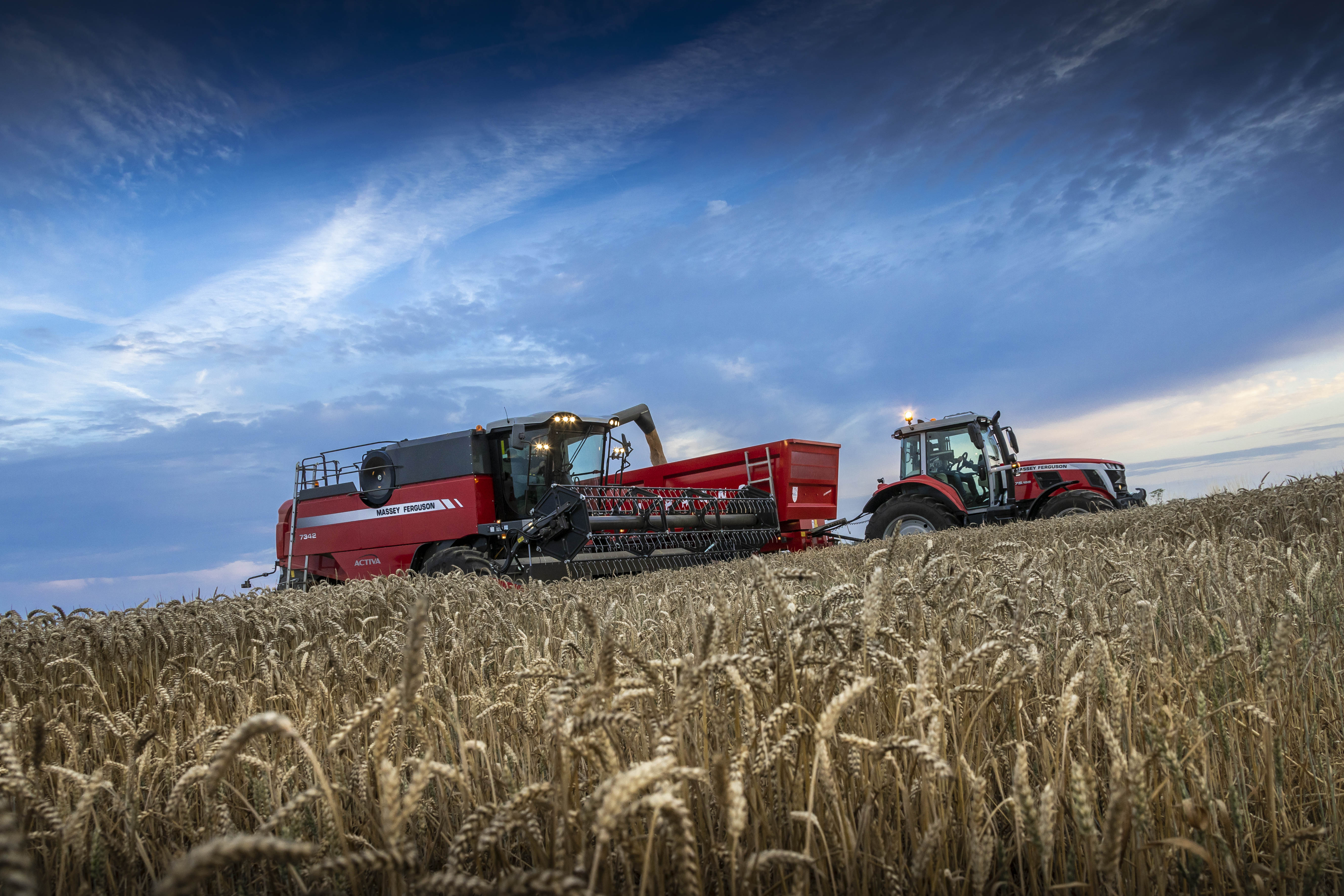
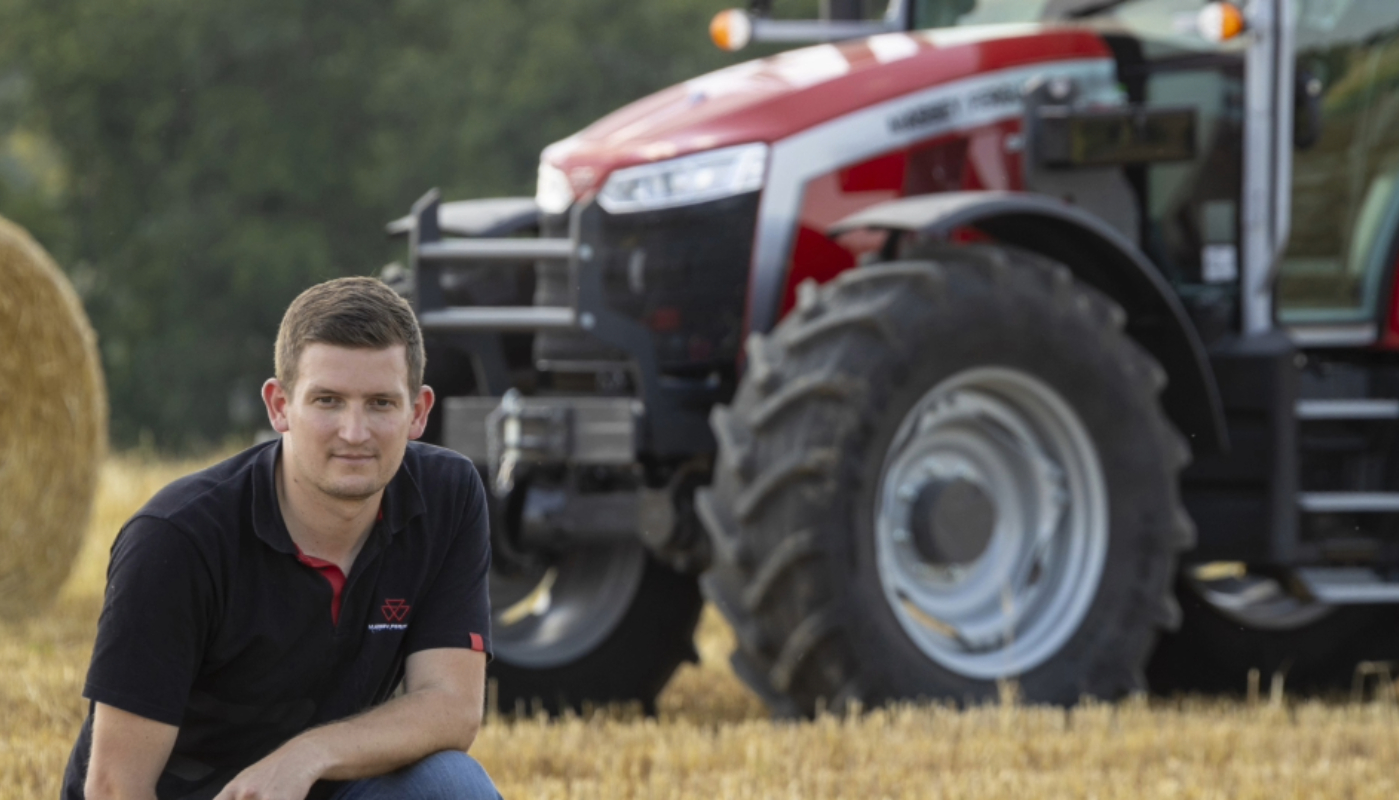
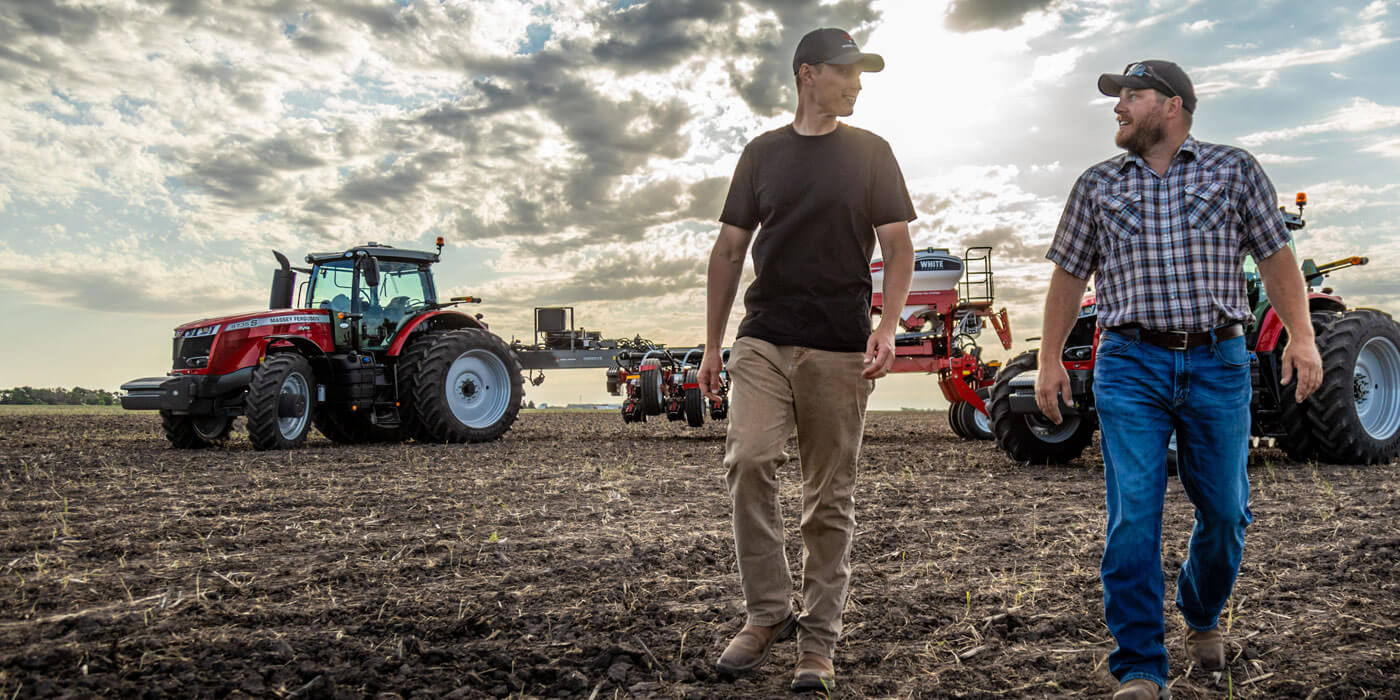
Share